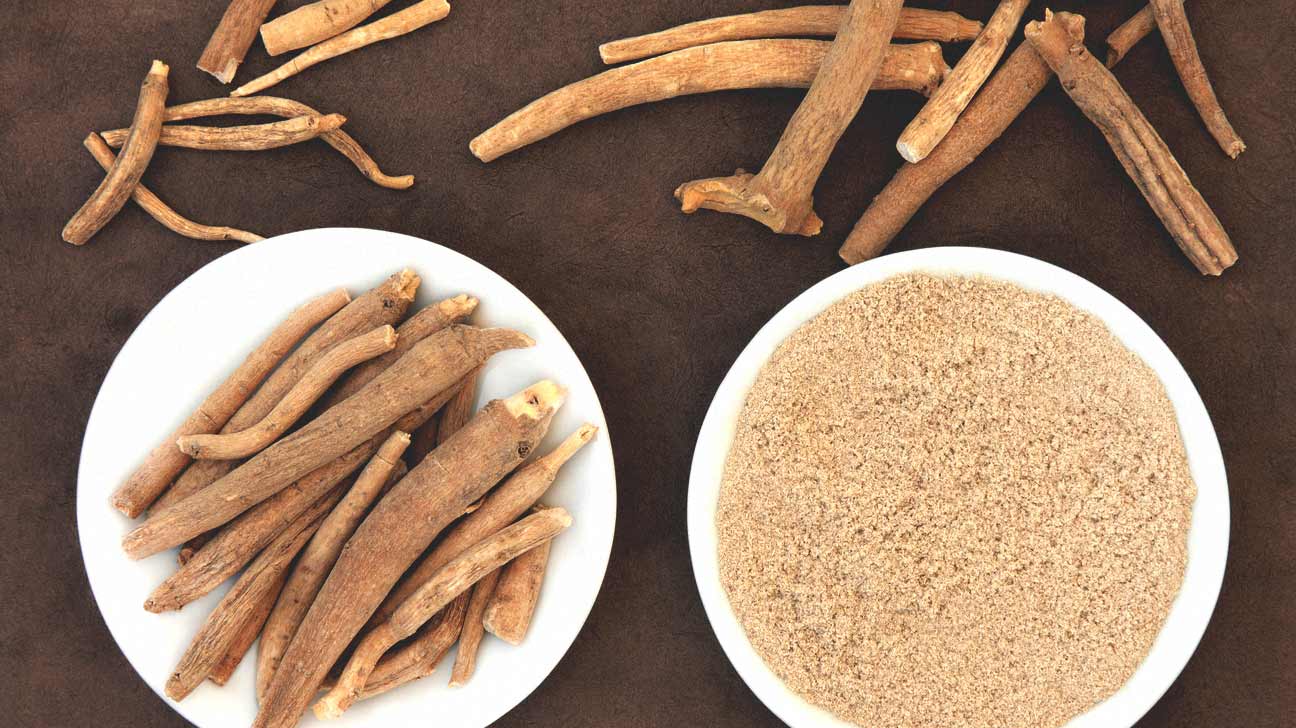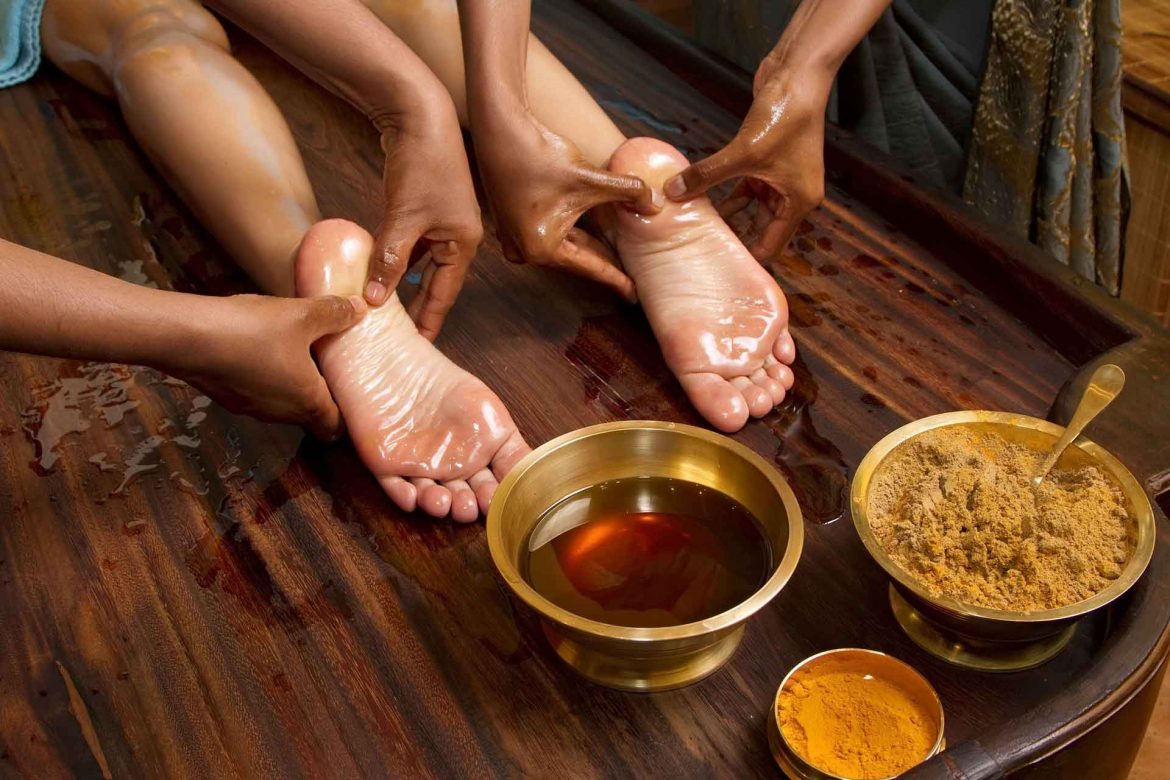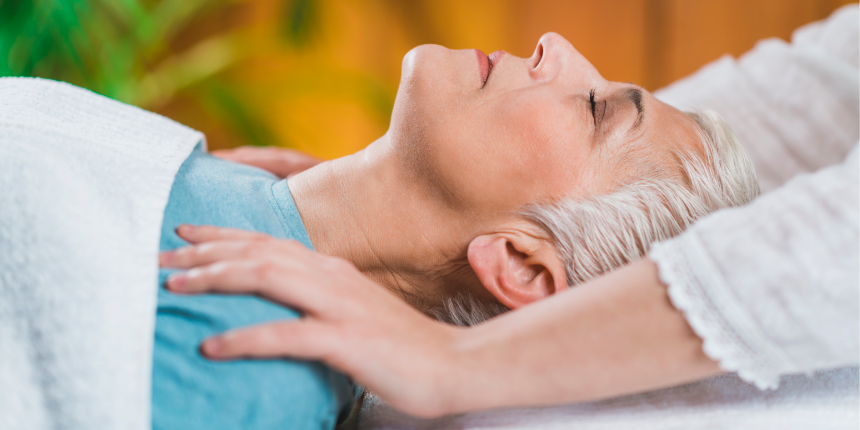Paralysis, a condition that robs individuals of their mobility and independence, is a complex ailment with roots in both physiological and lifestyle factors. We delve into the rich heritage of Ayurveda, seeking insights into its holistic approach to treating paralysis. From understanding the dosha imbalances contributing to paralysis to exploring herbal remedies, therapies, and lifestyle modifications, this guide uncovers the profound wisdom that Ayurveda offers for those seeking alternative paths to recovery. Embark on a journey to understand cause of paralysis, from strokes and injuries to the complexity of neurological factors.
Understanding Paralysis in Ayurveda:

1. Ayurvedic Perspective on Imbalances
Ayurveda, the ancient Indian system of medicine, perceives paralysis as a manifestation of imbalances within the three doshas – Vata, Pitta, and Kapha. In the context of paralysis, Vata dosha plays a pivotal role. Vata governs movement, including the functioning of the nervous system, making it particularly relevant in understanding the root causes of paralysis. When Vata becomes aggravated, it disrupts the natural flow of energy and communication within the body, leading to paralysis. Ayurvedic practitioners carefully analyze the individual’s doshic constitution and the specific imbalance to tailor treatments that address the root cause.
2. Triggers and Causes
Ayurveda identifies a spectrum of factors contributing to paralysis, emphasizing a holistic understanding of health. Poor lifestyle choices, including irregular daily routines and lack of exercise, can disturb the delicate balance of the doshas. Dietary factors also play a crucial role, as improper food choices can aggravate Vata and other doshas, further contributing to paralysis. Environmental influences, such as exposure to extreme weather conditions or toxins, can exacerbate dosha imbalances. By recognizing and addressing these contributing factors, Ayurveda seeks to restore balance and alleviate paralysis.
Ayurvedic Treatments for Paralysis:
1. Herbal Remedies

Ayurveda harnesses the therapeutic properties of various herbs renowned for their neuroprotective and rejuvenating effects in the treatment of paralysis. Ashwagandha, an adaptogenic herb, is prized for its ability to reduce stress and support nervous system function. Brahmi, known for cognitive enhancement, aids in addressing the mental aspects often associated with paralysis. Guggulu, with its anti-inflammatory properties, contributes to reducing inflammation and promoting overall healing. The combination of these herbs, tailored to the individual’s constitution, forms a crucial aspect of Ayurvedic treatment plans.
2. Panchakarma Therapies

Panchakarma, a cornerstone of Ayurvedic therapy, involves a series of cleansing procedures aimed at eliminating toxins (ama) from the body. In paralysis cases, Panchakarma serves to detoxify the entire system, restoring balance to the doshas. This comprehensive approach includes therapies such as Virechana (therapeutic purgation) and Vamana (therapeutic vomiting), targeting specific dosha imbalances contributing to paralysis. Panchakarma not only addresses the physical aspects of paralysis but also supports mental and emotional well-being.
3.Ayurvedic Massage and Therapies

Specialized Ayurvedic massages and therapies play a pivotal role in promoting circulation, enhancing flexibility, and strengthening affected areas in paralysis. Abhyanga, a traditional Ayurvedic massage involving the use of warm oils, improves blood flow and nourishes tissues. Basti, a therapeutic enema using herbal decoctions, oils, or ghee, is particularly beneficial in nourishing the nervous system. These therapies work synergistically to alleviate the effects of paralysis, promoting overall wellness and recovery.
Diet and Lifestyle Recommendations:
Ayurveda recognizes the profound impact of diet on overall health, and in paralysis cases, a suitable diet becomes integral to the healing process. Emphasizing foods that pacify Vata dosha is paramount. This includes warm, nourishing meals that provide grounding elements to counterbalance the inherent mobility of Vata. Incorporating easily digestible grains, cooked vegetables, and nourishing soups becomes essential. Additionally, herbal teas with calming properties contribute to the overall pacification of Vata, aiding in the restoration of balance. The Ayurvedic approach to diet is not just about nutritional content but also about aligning with the individual’s doshic constitution and the specific imbalances contributing to paralysis.
1. Yoga and Exercise

The integration of specific yoga poses and gentle exercises is a cornerstone of Ayurvedic treatment for paralysis. Ayurveda recognizes the interconnectedness of the body and mind, and physical activity is viewed as a means to harmonize the doshas and promote overall well-being. Yoga poses that focus on gentle stretching, balance, and strengthening are particularly beneficial in paralysis cases.
Ayurvedic yoga emphasizes poses that address the specific imbalances of Vata dosha, such as forward bends and grounding postures. Additionally, pranayama (breath control) practices help regulate the flow of vital energy, promoting mental clarity and emotional balance. Incorporating these practices into a daily routine contributes not only to physical rehabilitation but also to the holistic healing of the individual. The emphasis is on gradual progress and customization, ensuring that the exercises align with the individual’s capacity and doshic constitution.
Preventive Measures and Long-Term Management
Ayurveda extends beyond immediate treatment, emphasizing preventive measures and long-term management for paralysis. This involves cultivating a balanced lifestyle that aligns with the individual’s doshic constitution. Stress management, through practices like meditation and mindfulness, becomes crucial in preventing dosha imbalances that can contribute to paralysis. Routine detoxification, including periodic Panchakarma therapies, helps maintain the body’s natural equilibrium.
Paralysis can have various causes, and it often results from damage to the nervous system. The main cause of paralysis include:
- Stroke: A sudden interruption of blood supply to the brain, leading to damage to brain cells. Ischemic strokes (caused by blood clots) and hemorrhagic strokes (caused by bleeding) can both result in paralysis.
- Trauma or Injury: Severe injury to the spinal cord or nerves can cause paralysis. This can be due to accidents, falls, or injuries during activities like sports.
- Spinal Cord Injuries: Damage to the spinal cord, often caused by trauma, tumors, or infections, can lead to paralysis below the level of the injury.
- Neurological Disorders: Conditions such as multiple sclerosis, ALS (Amyotrophic Lateral Sclerosis), and Guillain-Barré syndrome can cause damage to the nerves and result in paralysis.
- Congenital Conditions: Some individuals are born with conditions that affect the development of the nervous system, leading to paralysis.
- Infections: Certain infections, such as polio, can damage the nerves and result in paralysis.
- Autoimmune Diseases: Conditions where the immune system mistakenly attacks the body’s own tissues, like in some cases of transverse myelitis, can lead to paralysis.
Conclusion
The holistic approach of Ayurveda to treating paralysis transcends conventional medical paradigms. The dietary guidelines, yoga practices, real-life success stories, and preventive measures collectively form a comprehensive framework for individuals seeking alternative paths to recovery. Ayurveda’s emphasis on restoring balance, both in the body and mind, offers a complementary approach to conventional treatments for paralysis. As we wrap up this exploration, it’s essential to recognize that Ayurveda is not just a system of medicine but a way of life that fosters harmony with nature and the self. Encouraging readers to explore Ayurveda as a complementary avenue to conventional treatments, this conclusion reinforces the potential of ancient wisdom in addressing the complex challenges of paralysis.





